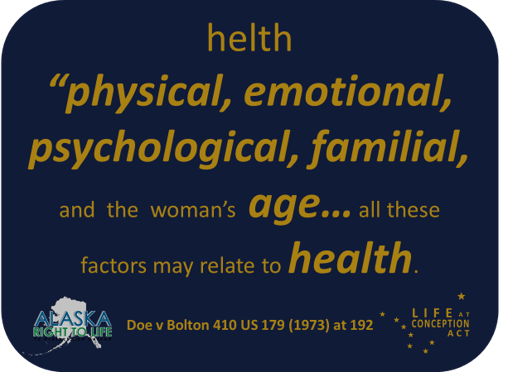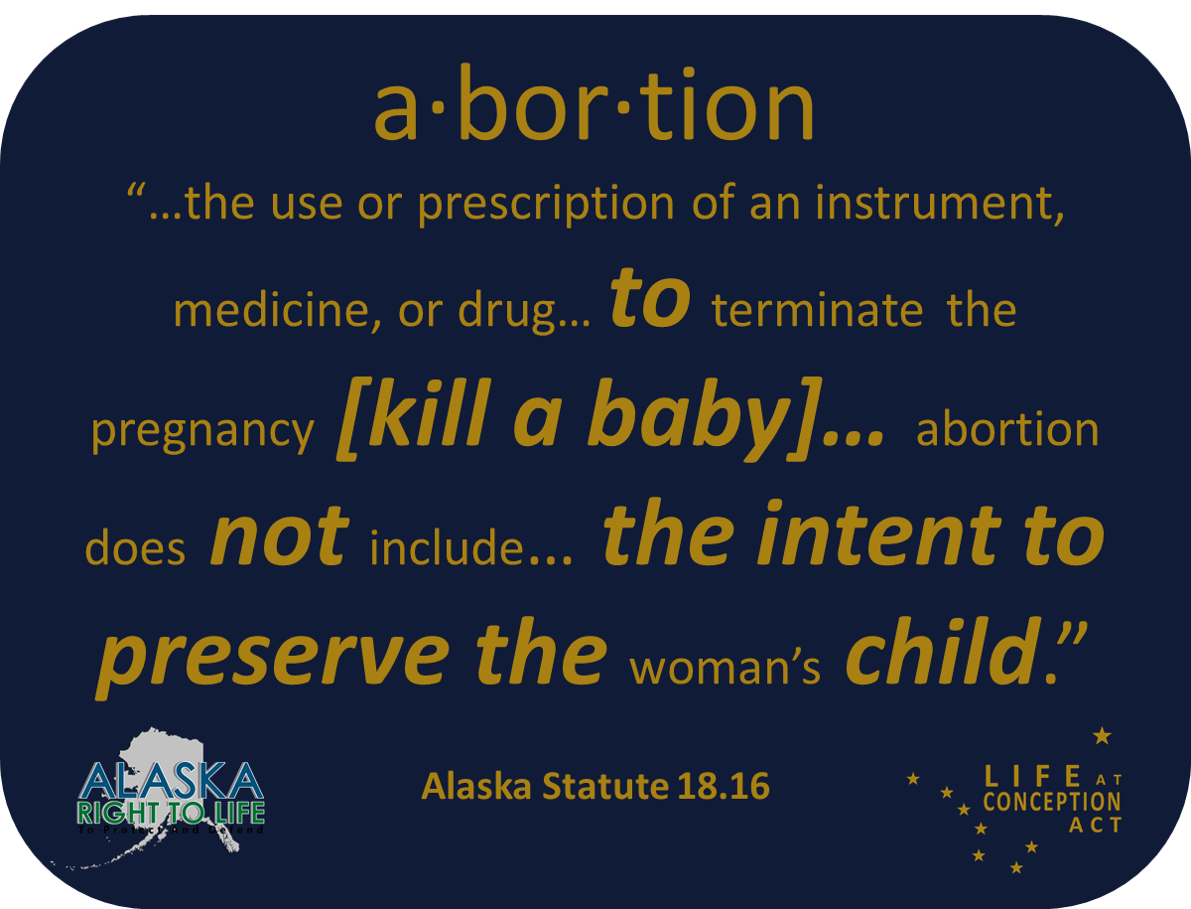
PREPARING HEARTBEAT BILLS PART TWO
PREPARING HEARTBEAT BILLS PART TWO
We’re continuing with the EFFECTIVE PREPARATION part of our series to cement the conclusions we came to in Part 1, which you can find HERE.
We’ll start with the conclusion we drew in Part 1 before moving on.
INEFFECTIVELY PREPARED
It is a very SHORT bill. The bill contains just 12 lines of text across just two pages. Other Heartbeat bills range from nine to 25 pages. While it’s true that economy of words is often a good thing, including key components of a bill is critical to effectively preparing legislation to be debated and signed into law.
LACKING KEY COMPONENTS
It LACKS enforcement and penalties. Without enforcement and penalties, laws become recommendations. We’ve been recommending to abortionists that they stop killing babies for over 50 years – only when there’s a way to enforce the law and provide penalties equal to the crime of killing babies do you have even a hint of a complete bill.
For more from Part 1, go HERE.
LACKING RESEARCH & FACTS
t LACKS enforcement and penalties. Without enforcement and penalties, laws become recommendations. We’ve been recommending to abortionists that they stop killing babies for over 50 years – only when there’s a way to enforce the law and provide penalties equal to the crime of killing babies do you have even a hint of a complete bill.
For more from Part 1, go HERE.
LACKING RESEARCH & FACTS
It LACKS research and facts. The bill states, “a person may not knowingly perform an abortion after a health care provider detects a fetal heartbeat…”
1. If the bill doesn’t regulate how the heartbeat will be found and by whom – and specify what kind of equipment will be used, specifically what parts of the mother’s abdomen will be scanned, and what specific parts of the baby’s body will be examined, then there’s no reason to believe the heartbeat is detectable by the ultrasound machine, nor that the technician will actually search for the baby’s heart.
For the rest of the points of RESEARCH & FACTS, go HERE.
COMPLIES WITH DOE WHILE IT CHALLENGES ROE
This is an important distinction: heartbeat bills provide a direct challenge to a component of Roe v Wade, specifically state regulation of abortion in the first trimester.
For more from Part 1, go HERE.
EXERCISES LEGISLATIVE CONFUSION
Sec. 18.16.055. Abortion after fetal heartbeat detected.”
This means they want to amend existing abortion law to reflect what’s in the bill. So what do you see here?
We’re continuing with the EFFECTIVE PREPARATION part of our series to cement the conclusions we came to in Part 1, which you can find HERE.
We’ll start with the conclusion we drew in Part 1 before moving on.
INEFFECTIVELY PREPARED
It is a very SHORT bill. The bill contains just 12 lines of text across just two pages. Other Heartbeat bills range from nine to 25 pages. While it’s true that economy of words is often a good thing, including key components of a bill is critical to effectively preparing legislation to be debated and signed into law.
LACKING KEY COMPONENTS
It LACKS enforcement and penalties. Without enforcement and penalties, laws become recommendations. We’ve been recommending to abortionists that they stop killing babies for over 50 years – only when there’s a way to enforce the law and provide penalties equal to the crime of killing babies do you have even a hint of a complete bill.
For more from Part 1, go HERE.
LACKING RESEARCH & FACTS
t LACKS enforcement and penalties. Without enforcement and penalties, laws become recommendations. We’ve been recommending to abortionists that they stop killing babies for over 50 years – only when there’s a way to enforce the law and provide penalties equal to the crime of killing babies do you have even a hint of a complete bill.
For more from Part 1, go HERE.
LACKING RESEARCH & FACTS
It LACKS research and facts. The bill states, “a person may not knowingly perform an abortion after a health care provider detects a fetal heartbeat…”
1. If the bill doesn’t regulate how the heartbeat will be found and by whom – and specify what kind of equipment will be used, specifically what parts of the mother’s abdomen will be scanned, and what specific parts of the baby’s body will be examined, then there’s no reason to believe the heartbeat is detectable by the ultrasound machine, nor that the technician will actually search for the baby’s heart.
For the rest of the points of RESEARCH & FACTS, go HERE.
COMPLIES WITH DOE WHILE IT CHALLENGES ROE
This is an important distinction: heartbeat bills provide a direct challenge to a component of Roe v Wade, specifically state regulation of abortion in the first trimester.
For more from Part 1, go HERE.
EXERCISES LEGISLATIVE CONFUSION
Sec. 18.16.055. Abortion after fetal heartbeat detected.”
This means they want to amend existing abortion law to reflect what’s in the bill. So what do you see here?

Not a promising start! Let’s continue.
“(a) Notwithstanding compliance with AS 18.16.010, a person may not knowingly perform an abortion after a health care provider detects a fetal heartbeat unless the abortion is medically necessary.”
Let’s begin by defining terms. What does the law mean by abortion?
“abortion” means the use or prescription of an instrument, medicine, drug, or other substance or device to terminate the pregnancy of a woman [kill a baby] known to be pregnant, except that “abortion” does not include the termination of a pregnancy if done with the intent to save the life or preserve the health of the unborn child; deliver the unborn child prematurely to preserve the health of both the pregnant woman and the woman’s child; or remove a dead unborn child [a miscarriage].
Not a promising start! Let’s continue.
“(a) Notwithstanding compliance with AS 18.16.010, a person may not knowingly perform an abortion after a health care provider detects a fetal heartbeat unless the abortion is medically necessary.”
Let’s begin by defining terms. What does the law mean by abortion?
“abortion” means the use or prescription of an instrument, medicine, drug, or other substance or device to terminate the pregnancy of a woman [kill a baby] known to be pregnant, except that “abortion” does not include the termination of a pregnancy if done with the intent to save the life or preserve the health of the unborn child; deliver the unborn child prematurely to preserve the health of both the pregnant woman and the woman’s child; or remove a dead unborn child [a miscarriage].
TO KILL A BABY BEFORE HE IS BORN.
NO MORE. NO LESS.
NO OTHER.

TO KILL A BABY BEFORE HE IS BORN.
NO MORE. NO LESS.
NO OTHER.

So Let’s look at a couple problems:
- Compliance with AS (Alaska Statute) 18.16.010 (Alaska’s abortion law) means that they’re seeking to regulate the killing of babies, not eliminate the killing of babies.
- Does anybody unknowingly “perform an abortion?” Put more directly, does anybody accidently use an instrument, medicine, drug or other substance to purposefully and exclusively kill a baby unknowingly? I’ll let you decide.
- What if a person performs an abortion BEFORE they detect a fetal heartbeat? Does the bill seek to protect all lives – before AND after a fetal heartbeat is detected?
- When is a procedure or drug used to purposefully and exclusively kill a baby medically necessary?
So Let’s look at a couple problems:
- Compliance with AS (Alaska Statute) 18.16.010 (Alaska’s abortion law) means that they’re seeking to regulate the killing of babies, not eliminate the killing of babies.
- Does anybody unknowingly “perform an abortion?” Put more directly, does anybody accidently use an instrument, medicine, drug or other substance to purposefully and exclusively kill a baby unknowingly? I’ll let you decide.
- What if a person performs an abortion BEFORE they detect a fetal heartbeat? Does the bill seek to protect all lives – before AND after a fetal heartbeat is detected?
- When is a procedure or drug used to purposefully and exclusively kill a baby medically necessary?
WHEN IS IT "MEDICALLY NECESSARY"
TO KILL A BABY?
WHEN IS IT "MEDICALLY NECESSARY"
TO KILL A BABY?
|
|
|
|
|
|
|
|
|
|
45% OF ALL ABORTIONS ARE
"MEDICALLY NECESSARY."
45% OF ALL ABORTIONS ARE
"MEDICALLY NECESSARY."
A LOOK INTO “MEDICAL NECESSITY”
Since states don’t collect – and Planned Parenthood would never report the “reason” they think a mother’s life or health was so at risk as to justify killing her baby, we have very little insight into except those the State of Alaska pays for.
Since 2012, Alaska’s abortionists have submitted the form below with every abortion invoice they submit to the State for payment.
A LOOK INTO “MEDICAL NECESSITY”
Since states don’t collect – and Planned Parenthood would never report the “reason” they think a mother’s life or health was so at risk as to justify killing her baby, we have very little insight into except those the State of Alaska pays for.
Since 2012, Alaska’s abortionists have submitted the form below with every abortion invoice they submit to the State for payment.

|
|
|
|
HEALTH RIGHTS
VS
LIFE RIGHTS
HEALTH RIGHTS
VS
LIFE RIGHTS
Doe makes it clear that the paramount concern in Roe and Doe is the mother’s health.
Under Roe and Doe, the competition between the baby’s statutory rights vs his mother’s constitutional rights ends in defeat of the baby’s rights every time.
The mother’s right to “health” is superior to the baby’s right to life.
We’ll see that the right to health supersedes all others under Doe, and this right to health, has its own definition.
Beginning at 192 in Doe v Bolton, 410 US 179 (1973):
“medical judgement may be exercised in light of all factors…”
Doe makes it clear that the paramount concern in Roe and Doe is the mother’s health.
Under Roe and Doe, the competition between the baby’s statutory rights vs his mother’s constitutional rights ends in defeat of the baby’s rights every time.
The mother’s right to “health” is superior to the baby’s right to life.
We’ll see that the right to health supersedes all others under Doe, and this right to health, has its own definition.
Beginning at 192 in Doe v Bolton, 410 US 179 (1973):
“medical judgement may be exercised in light of all factors…”
MEDICAL JUDGMENT
IN LIGHT OF ALL FACTORS
MEDICAL JUDGMENT
IN LIGHT OF ALL FACTORS
So what did they mean by “all factors?” How did the Justices define the mother’s health?
“…medical judgment may be exercised in the light of all factors —physical, emotional, psychological, familial, and the woman’s age — relevant to the wellbeing of the patient. All these factors may relate to health.
|
|
So what did they mean by “all factors?” How did the Justices define the mother’s health?
“…medical judgment may be exercised in the light of all factors —physical, emotional, psychological, familial, and the woman’s age — relevant to the wellbeing of the patient. All these factors may relate to health.
|
|
REGULATING "MEDICAL JUDGMENT"
EQUALS CONSENT TO KILL
REGULATING "MEDICAL JUDGMENT"
EQUALS CONSENT TO KILL
“…medical judgment may be exercised in the light of all factors —physical, emotional, psychological, familial, and the woman’s age — relevant to the wellbeing of the patient. All these factors may relate to health. This allows the attending physician the room he needs to make his best medical judgment. And it is room that operates for the benefit, not the disadvantage, of the pregnant woman.”
Doe v Bolton 410 US 179 (1973) at 192
So what we see here is that under Doe v Bolton – which is included anytime any abortion statute is considered, is that:
- The abortionist has exclusive medical judgment and authority.
- The abortionist has nearly unlimited reasons to kill a baby.
- The abortionist’s medical judgement cannot be challenged.
“…medical judgment may be exercised in the light of all factors —physical, emotional, psychological, familial, and the woman’s age — relevant to the wellbeing of the patient. All these factors may relate to health. This allows the attending physician the room he needs to make his best medical judgment. And it is room that operates for the benefit, not the disadvantage, of the pregnant woman.”
Doe v Bolton 410 US 179 (1973) at 192
So what we see here is that under Doe v Bolton – which is included anytime any abortion statute is considered, is that:
- The abortionist has exclusive medical judgment and authority.
- The abortionist has nearly unlimited reasons to kill a baby.
- The abortionist’s medical judgement cannot be challenged.
THERE IS NO GREATER AUTHORITY
THAN THE ABORTIONIST
THERE IS NO GREATER AUTHORITY
THAN THE ABORTIONIST
|
|
|
|